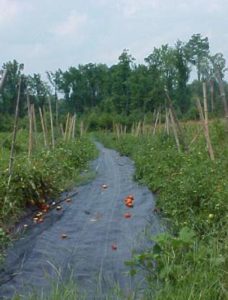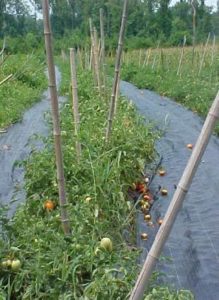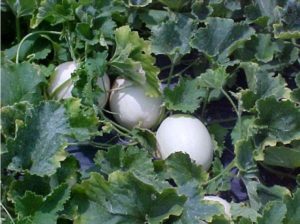Organic Agriculture Weed Control Project-2003 Report
go.ncsu.edu/readext?452122
en Español / em Português
El inglés es el idioma de control de esta página. En la medida en que haya algún conflicto entre la traducción al inglés y la traducción, el inglés prevalece.
Al hacer clic en el enlace de traducción se activa un servicio de traducción gratuito para convertir la página al español. Al igual que con cualquier traducción por Internet, la conversión no es sensible al contexto y puede que no traduzca el texto en su significado original. NC State Extension no garantiza la exactitud del texto traducido. Por favor, tenga en cuenta que algunas aplicaciones y/o servicios pueden no funcionar como se espera cuando se traducen.
Português
Inglês é o idioma de controle desta página. Na medida que haja algum conflito entre o texto original em Inglês e a tradução, o Inglês prevalece.
Ao clicar no link de tradução, um serviço gratuito de tradução será ativado para converter a página para o Português. Como em qualquer tradução pela internet, a conversão não é sensivel ao contexto e pode não ocorrer a tradução para o significado orginal. O serviço de Extensão da Carolina do Norte (NC State Extension) não garante a exatidão do texto traduzido. Por favor, observe que algumas funções ou serviços podem não funcionar como esperado após a tradução.
English
English is the controlling language of this page. To the extent there is any conflict between the English text and the translation, English controls.
Clicking on the translation link activates a free translation service to convert the page to Spanish. As with any Internet translation, the conversion is not context-sensitive and may not translate the text to its original meaning. NC State Extension does not guarantee the accuracy of the translated text. Please note that some applications and/or services may not function as expected when translated.
Collapse ▲This is a 2003 report from a NC Specialty Crops Program Project. It is posted for historical reference purposes.
Reviewed by Jeanine Davis, NC Alternative Crops & Organics Program, Department of Horticultural Science, NC State University on 10/18/2022.
PROJECT LEADER(S): Tiffany Harrelson, N.C. Cooperative Extension
TYPE OF PROJECT: On-farm trial
LOCATION: Hannah Creek Farm, Johnston County, NC
IMPACT
One organic farmer implemented three new production techniques and tested three new specialty crops. Fifteen workday participants increased their knowledge of organic agriculture. 85 CSA customers received new melons in their bags.
INTRODUCTION
One of the biggest challenges in an organic production system is weed control. Weeds reduce yields by competing with desirable plants for water and nutrients. They can also harbor insects, serve as alternate hosts for diseases, and interfere with harvests. Because organic farmers are not allowed to use herbicides, they must find other, efficient ways to control weeds.
METHODS
The farm cooperator selected a half-acre site on which two types of rye, abruzzi and a variety not stated (VNS), were planted in the fall as cover crops. There were three treatments. No-till rye, rye and plastic, and fabric and plastic. Each treatment included the following crops: Bell Pepper, tomato, jalapeno peppers, green chili, and sprite melon. All cultivars were transplanted in the spring. The cooperator monitored crops weekly. Marketable yield data was collected and analyzed.
RESULTS
The rye treatment was not effective in year one. Weeds outgrew the transplants, resulting in a 2 percent survival rate of transplants. The rye and plastic treatment was good, but tomatoes that came in contact with the rye rotted, leaving a mess. The plastic and groundcover treatment was best; marketable yields were highest of all three treatments, and it was all together easier to manage.
CONCLUSION
No-till rye transplant production may be an option if rye is used as a cover crop for four years or more. Rye centers and plastic rows is a good weed control option if the farmer can keep fruit off of the rye before rotting. Plastic and groundcover fabric provides good marketable yields. Groundcover can be reused for up to five years, but plastic is generally good for one year. Lay-flat pipe can be re-used, but drip tape is generally only good for one growing season. Weeds sprout through planting holes, so hand-weeding replaces cultivation. Waste is a major issue.
Photos





